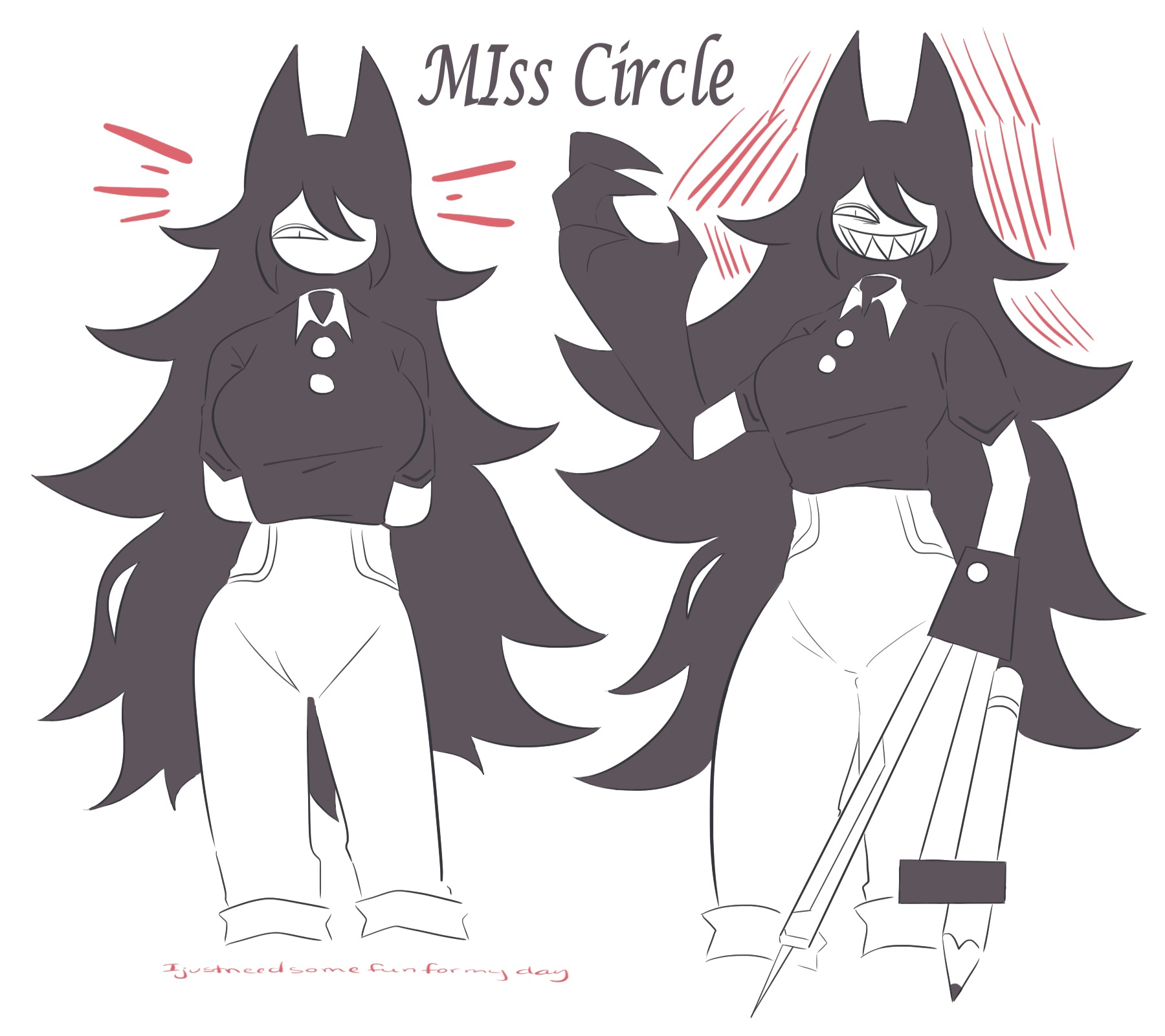Has the internet, in its vast and sprawling landscape, truly become a reflection of our deepest desires and darkest impulses? The proliferation of explicit content, particularly that which sexualizes fictional characters and even minors, is a stark reminder of the shadows that lurk within the digital realm. The disturbing trend of "Rule 34," a concept stating that if something exists, there is pornography of it, has permeated online spaces, raising serious ethical and societal questions.
The provided keywords paint a grim picture of this reality. References to popular franchises like Pokmon, My Little Pony, and video games such as Elden Ring, Fortnite, and Genshin Impact, juxtaposed with terms like "hentai," "Rule 34," and explicit sexual acts, reveal a troubling intersection of childhood innocence and adult fetishization. The sheer volume of searches and content creation related to these themes underscores the widespread nature of this phenomenon. The normalization of such material, particularly through platforms like Pornhub and DeviantArt, further contributes to the blurring of lines between fantasy and reality, potentially impacting perceptions of healthy sexual relationships and contributing to the objectification of individuals.
| Topic | Rule 34 |
|---|---|
| Description | An online phenomenon based on the premise that if something exists, there is pornography of it. Manifests in the creation and dissemination of explicit content featuring fictional characters, often from popular media franchises, including those aimed at children. |
| Key Platforms | Pornhub, DeviantArt, and various imageboards and forums. |
| Associated Keywords | hentai, Pokmon, My Little Pony, Elden Ring, Fortnite, Genshin Impact, animated gifs, videos, miss circle, fundamental paper education, etc. |
| Ethical Concerns | Sexualization of minors, exploitation of fictional characters, normalization of fetishes, potential impact on healthy sexual development and perceptions. |
| Further Reading | Rule 34 (Internet meme) |
The accessibility of such content through readily available search terms and online platforms is deeply concerning. The keywords themselves serve as a window into the desires and interests of a segment of the online population, revealing a disturbing trend towards the sexualization of fictional characters, often those associated with childhood and innocence. The repeated mention of "My Little Pony" and "Pokmon," alongside explicit terms, highlights the vulnerability of these beloved franchises to exploitation and the potential harm to young audiences who may stumble upon such content.
The implications of this widespread phenomenon are far-reaching. The normalization of hypersexualized content, especially involving fictional characters, can contribute to distorted perceptions of healthy relationships and sexuality. The constant bombardment of such imagery can desensitize individuals to the nuances of consent and respect, potentially blurring the lines between fantasy and reality. Furthermore, the creation and distribution of this content can have devastating consequences for the individuals depicted, particularly in cases involving real people or non-consensual imagery.
The fact that platforms like DeviantArt, originally intended for artistic expression, are now also associated with this type of content is a testament to the pervasiveness of the issue. The challenge lies in balancing freedom of expression with the need to protect vulnerable individuals and prevent the normalization of harmful content. The line between artistic exploration and exploitation is often blurred, making it difficult to regulate and control the spread of such material.
The repeated references to "miss circle" and "fundamental paper education" suggest a specific community or subculture engaged in creating and sharing this content. The cryptic nature of these terms warrants further investigation into their origins and meaning within this context. Understanding the motivations and dynamics within these communities is crucial in addressing the root causes of this phenomenon.
The prevalence of "Rule 34" content raises important questions about the role of technology and the internet in shaping our desires and behaviors. The ease with which individuals can access and create explicit material online has undoubtedly contributed to the proliferation of this phenomenon. Addressing this issue requires a multi-faceted approach involving platform accountability, educational initiatives, and open conversations about healthy sexuality and online safety.
The fight against the proliferation of harmful content online is an ongoing battle. It demands a collective effort from individuals, communities, and platforms to create a safer and more responsible digital environment. Ignoring the issue will only allow it to fester and grow, further endangering vulnerable populations and perpetuating harmful stereotypes and behaviors. The time for action is now.


